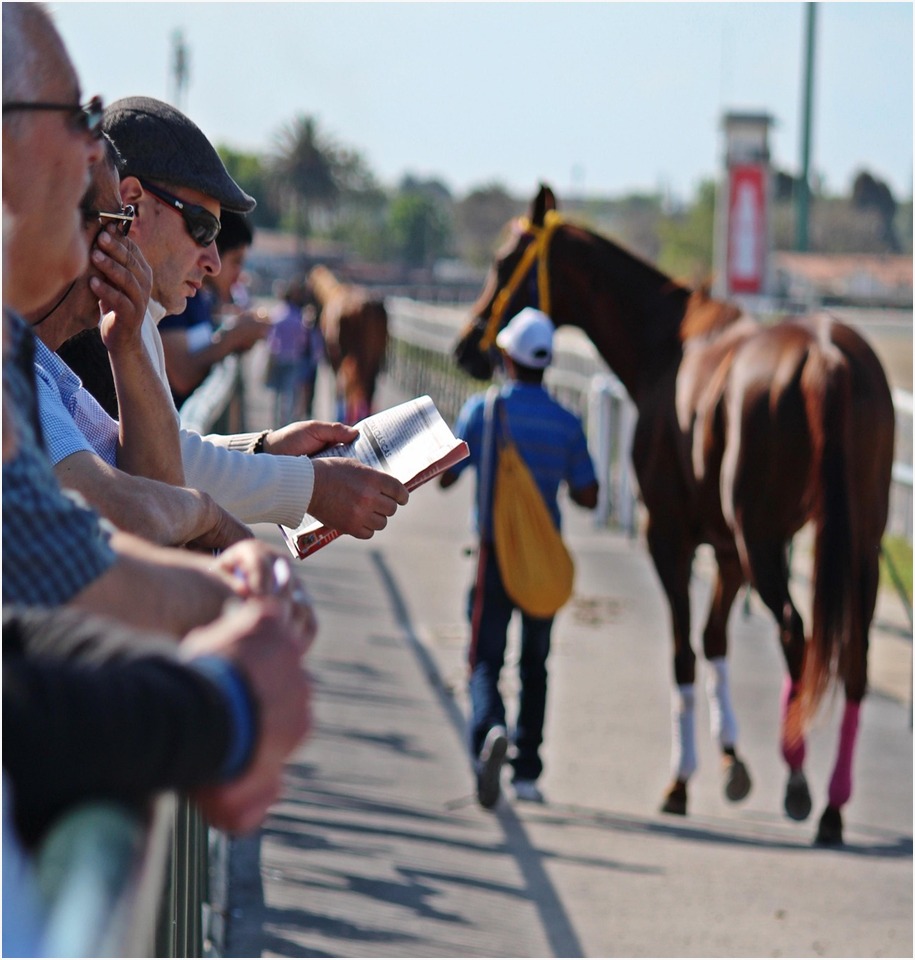The 2025 Preakness Stakes, set for May 17 at Pimlico Race Course in Baltimore, enters a new chapter without a Kentucky Derby winner in the field
What was expected to be a continuation of the Triple Crown storyline is now a wide-open race—one with no reigning champion and no clear favorite to anchor pre-race narratives. This shift affects who’s in the spotlight: trainers must adjust strategies, bettors face a more complex market, and lesser-known contenders now have a real shot at glory. In a year lacking a central figure, the focus turns to who can seize the opportunity and deliver a defining performance on one of horse racing’s most storied stages—and why this moment could mark a turning point in their careers.
A Race Rewritten by One Absence
The Triple Crown isn’t just a trophy—it’s a storyline that drives media coverage, fan anticipation, and betting volume. Sovereignty’s absence pulls that narrative off the table. What remains is a race no longer defined by a Derby winner’s momentum but instead by opportunity. Without a clear leader, the playing field levels almost instantly. That shift makes the race more difficult to predict but also more compelling in its unpredictability.
This rare scenario also exposes the fragility of narrative-driven wagering. When bettors are deprived of a dominant horse, attention pivots to nuance—workout performance, past race replays, jockey decisions, and barn whispers. The absence of Sovereignty removes the emotional ballast many fans rely on and forces the market to operate on analysis rather than aura.
Pimlico’s Unique Demands
The Preakness Stakes isn’t just shorter than the Derby—it’s tactically different. Run over 1 3/16 miles, the race favors horses with positional speed and fast acceleration through turns. Pimlico’s layout, tighter and more demanding, rewards early placement and penalizes poor gate breaks more severely than Churchill Downs.
That makes running style especially important. Horses that can’t adjust quickly—or that need long stretches to find rhythm—often get shuffled too far back. With no heavy favorite to set a predictable pace, early tempo could vary more than usual. If several horses vie for the lead early, the pace may collapse. If one gets loose up front, others may never catch up.
Jockey experience at Pimlico also plays a part. Some riders instinctively understand how to time their move through the far turn. Others misjudge the angle or underestimate the urgency. These subtleties may become more influential this year, as race-day decisions take on greater weight in a wide-open field.
A Stage for New Names to Emerge
When there’s no dominant storyline, secondary players become headliners. That’s the potential beauty of this year’s race. Horses that may not have been considered top-tier now stand one performance away from changing their trajectory. That spotlight shift could elevate overlooked barns and jockeys.
This setup invites speculation but rewards restraint. Without Sovereignty, the temptation to anoint a new favorite prematurely grows. But it’s precisely this dynamic that smart connections will try to exploit. A horse that’s been targeting Pimlico all along—perhaps skipping the Derby to stay fresh—might now find itself in the perfect position. Unlike Derby week, where media access and pressure mount quickly, the Preakness sometimes allows a quieter buildup. This year, that quiet could belong to the eventual winner.
How Bettors Should Rethink the Race
From a wagering standpoint, the absence of a front-runner reshapes everything. Odds are likely to open flatter across the board, with no single horse absorbing most of the public money. That creates a more balanced pool, but it also increases the complexity of decision-making. Instead of focusing on one standout to beat, bettors must compare a broader set of variables—like running style, trainer patterns, and track adaptability.
In the context of Preakness Stakes 2025 betting, this open field offers a rare opportunity to identify value through deeper analysis. Without emotional bias driving the market, logical assessments of performance trends and late-breaking news become more impactful. Exotic wagers, in particular, may yield stronger returns, since there’s no consensus favorite likely to dominate the top of tickets.
The timing of your wager also matters more this year. With odds less likely to lock early, late developments—such as jockey switches—can cause unexpected movement. Being able to adjust your position in real time will be a key advantage in navigating the evolving market.
Track Conditions and Timing Could Prove Decisive
Baltimore’s weather in May is often unpredictable. A fast track favors pace horses, while a wet or drying surface tends to suit closers or those with prior off-track success. In a normal year, a Triple Crown bid might override surface concerns in the public’s mind. This year, surface conditions might significantly influence market behavior.
Trainers with experience at Pimlico know how to adapt training patterns to match the track’s composition. Some horses may work lightly into the race; others might sharpen with a breeze earlier in the week. These decisions, subtle but critical, are worth watching for clues about which horses are being tuned to peak on the day.
Also crucial: how much time each horse has had to recover since their last start. With just two weeks between the Derby and Preakness, not every runner can rebound optimally. Fresh legs—especially those skipping Louisville—may hold a quiet advantage.
Spotlight Shifts to Connections, Not Just Horses
With no standout horse in the field, focus shifts to the people guiding the contenders. Trainers with Preakness experience and jockeys familiar with Pimlico’s demands may draw more betting support, as reputational trust grows in the absence of a clear favorite.
The Preakness often rewards those who understand its unique pace and timing. This year, seasoned connections could play a bigger role in shaping the outcome. Whether a trainer is targeting Pimlico or testing for future races—and whether a jockey is riding momentum or bouncing back from missteps—these behind-the-scenes factors may prove decisive.



